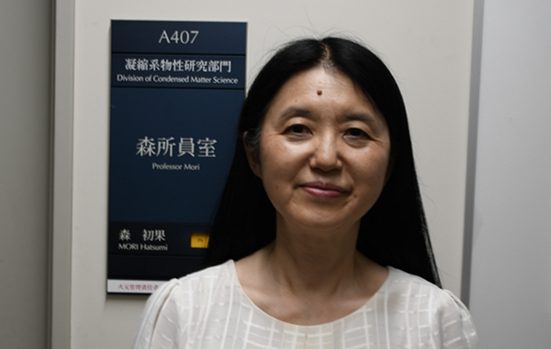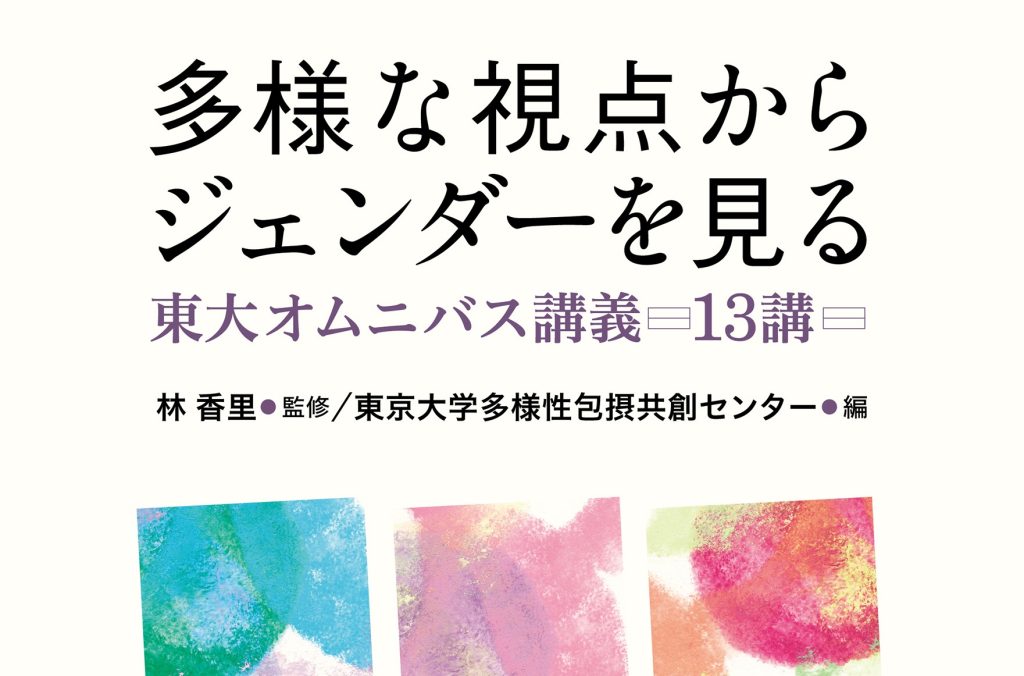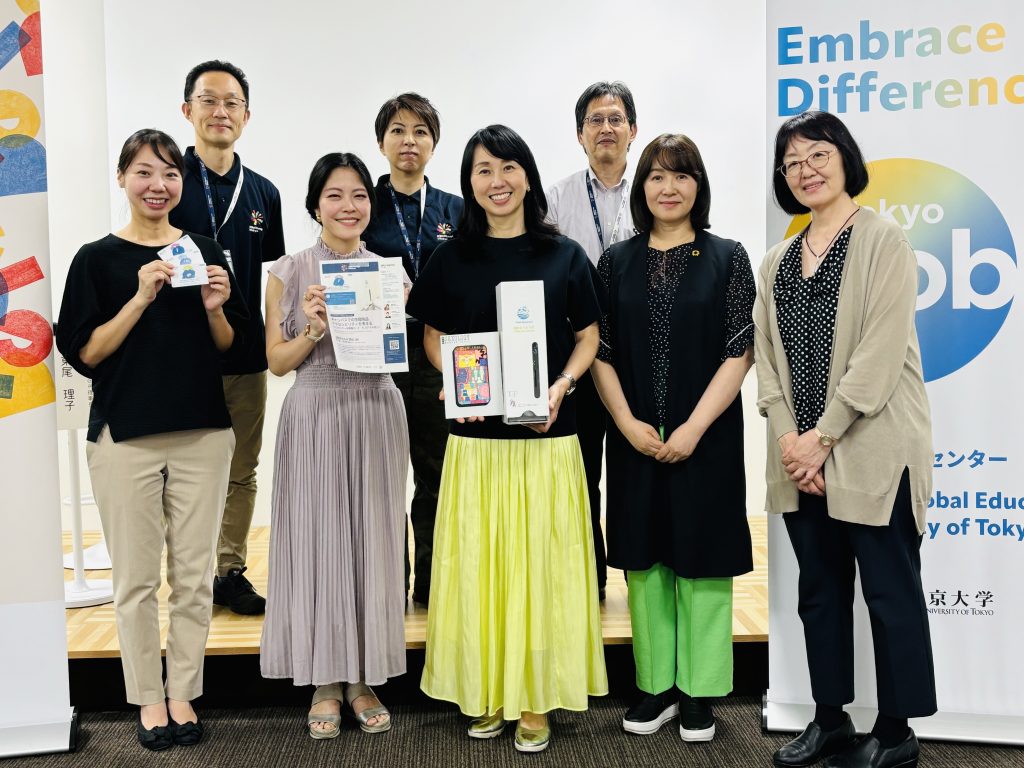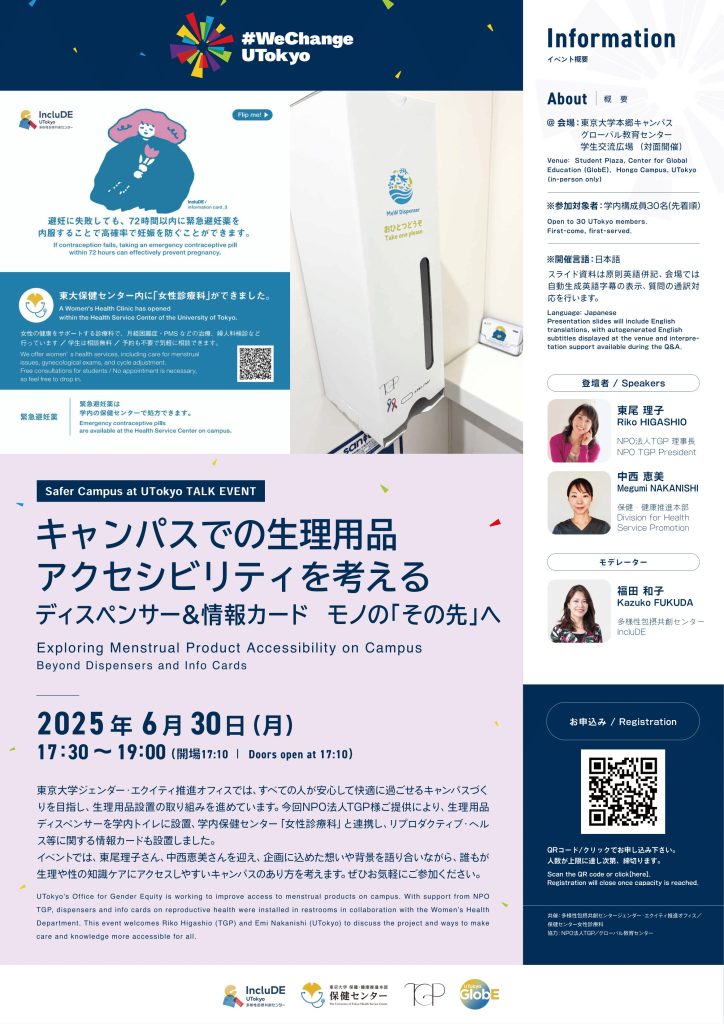The Office for Gender Equality of the University of Tokyo (UTokyo) decided to cover the forefront of the efforts to nurture female leaders by various departments of the University. We hope this information will be helpful to other departments and universities. For our first interview, we spoke with Prof. Hatsumi Mori, the vice president of UTokyo and the former director of the Institute for Solid State Physics.
“We want to express the whole world in mathematical equations!”
– Until last year, you were the director of the Institute of Solid State Physics (ISSP), where you worked hard to increase the number of female researchers.
I was the only woman in the faculty meetings of the ISSP, which was established in 1957. Only 6% of the members in The Physical Society of Japan and 8% of The Japan Society of Applied Physics are female. Even though there are about twice as many female students in the fields, the number is still low. I felt that there were barriers against women entering the field of physics.
In 2010, together with the other research institutes on Kashiwa Campus, we started the “Let’s Look into the Future” project for female junior high and high school students, and in 2016 we started the “I Love Physics!” events for university undergraduates and graduate students. When we introduced the events by physics network, the physics professors announced and encouraged female students to join the events. In the events, female students had a talk that, “we want to express the whole world in mathematical formulas, don’t we?” and thought, ‘I have friends!’
– How have you been trying to increase the number of female faculty members?
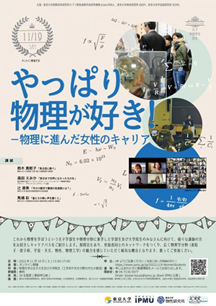
I think that the importance of having people with different values in an organization is now understood widely. I, as the only female professor in ISSP, will retire in three years. With that in sight, I thought that if there are no longer any women in the organization, women’s voice would not be heard. If there are no women on the faculty, young women will not join.
The faculty has insisted that they had been fair in its hiring practices so far and I also don’t believe that it has ever once excluded an applicant because she was a woman. They have said that there have never been that many applications, so the number is bound to get smaller. So, when I was the director of ISSP, I organized a workshop called ISSP WOMEN’S WEEK 2021, with the idea of first having people look at female researchers who are active in the field.
I asked for nominations of female researchers from various fields, and 18 women were recommended. We asked female presentors to explain their research in detail in the introduction of their presentations so that people who normally study different fields could understand the appeal of their research.
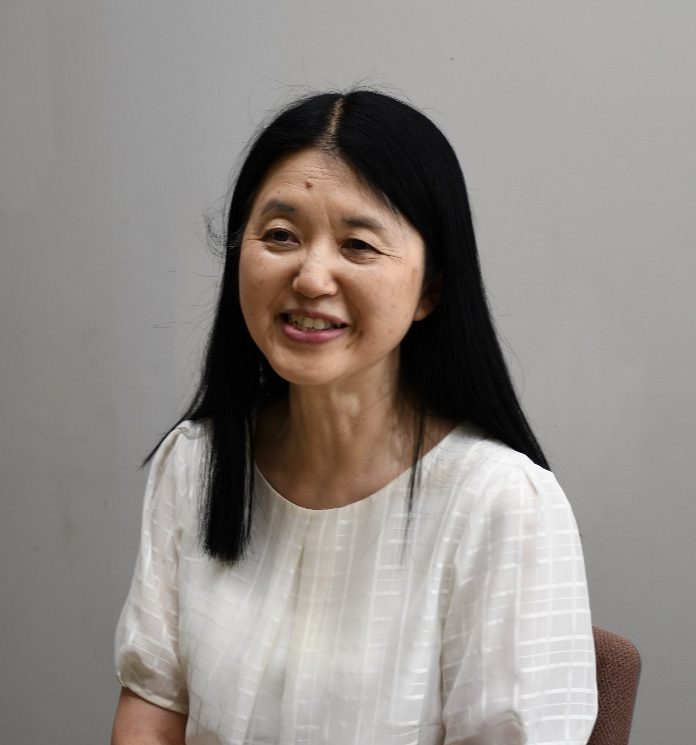
The workshop changed the direction of the flow.
– There was a challenge that only people interested in diversity and women’s events would attend, but this was just a meeting to talk about your research, wasn’t it?
Yes, it was. There are many outstanding female researchers today, and they have strategically thought through to advance niche research fields so that they can work on distinctive new research in areas where others are not working. It was very fruitful to hear about research in the different fields, to see how many excellent female researchers there are in condensed matter science, and to network with other women. I think the flow changed here, and the groundwork was laid for an open call for female faculty positions.
As many men in their 30’s takes gender equality for granted at home, there was a young male faculty member who even started to form a committee to promote gender equality and diversity.

ISSP WOMEN’S WEEK 2022 was held as a Women Researchers’ Week, and we invited Prof. Ogawa, Deputy Director of the Office for Gender Equality, to conduct a workshop for graduate students and young researchers, seminars for female researchers, and faculty development on topics such as Unconscious Bias.
Why do we have female faculty recruitment program?
– What kind of discussions did you have before implementing the open recruitment for female faculty positions?
We had a lot of discussions at the faculty meeting. We went back to the basics to think about gender equality, which is a very basic concept. We discussed that diversity and inclusion may ultimately lead to the development of academia, but at the root of it all, it is a way of thinking that is necessary for the rights of each human to be respected and for human beings to live as human beings.
Many people in physics are motivated by the desire to generalize and explain phenomena and find principles, and the discussion turned to where the essence of diversity and inclusion lies. As a result, we discussed the importance of removing obstacles, if any, and creating an environment where the human rights of all people with diverse attributes are respected, not because it is “beneficial”, but so that everyone can participate in the organization and be given opportunities to demonstrate their abilities.
– Diversity tends to be emphasized as a way to improve “performance”, but you discussed it as being for the sake of human rights.
I believe that creating an environment where people’s opinions are respected and where they can demonstrate their potential, regardless of their attributes, is necessary for a rich and fulfilling human life. I feel a sense of crisis when organizations become monolithic. I think we reached a consensus that currently it may be necessary to have a female-faculty open recruitment process so that a variety of people can participate in the organization.
Although we agreed on the need to recruit female faculty, we had another contentious discussion on the numerical value of the target. There were various opinions such as, “Since the human population is 50-50, we should aim for half to be women”, “30% is a critical mass”, or “Let’s start anyway, regardless of the target”.
There is a new wind blowing.
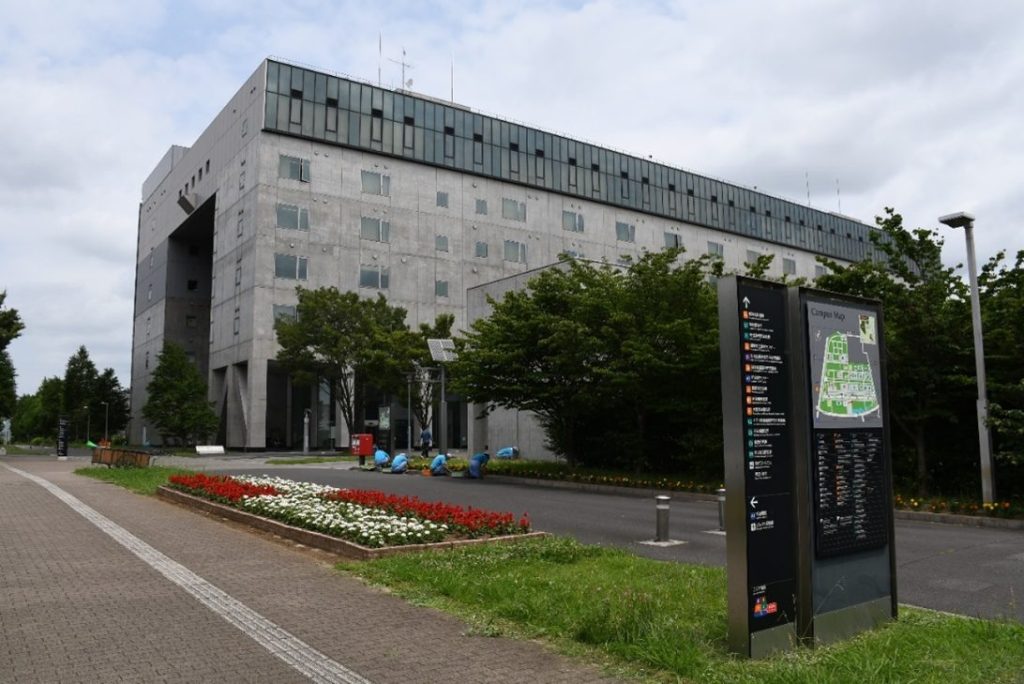
-Did you encounter any opposition from young male researchers?
Young men may have mixed feelings about this. It hurts my heart to hear them say, “I can’t submit my proposal because this is an open call for female faculty”. But in the long history of the field of physics in Japan, there are only about 6% or so women, even though the ratio of men and women is half and half and no difference in ability can be seen, there is an invisible wall there, and that is the way it is. We have to correct this inequality once and for all, and we explain that we are going to take affirmative action to do so.
After the faculty council decided to proceed with the open recruitment of female faculty. We decided that it was important to take not just one but a few women, one for the department and one for a support post at the UTokyo headquarters.
– How effective was the female faculty open call?
As a result, we received very qualified applicants from all fields, and every single one of their applications was outstanding. We conducted a number of interviews and hired one professor and one associate professor. We received so many applications from highly capable researchers that we even took this opportunity to hire a third.
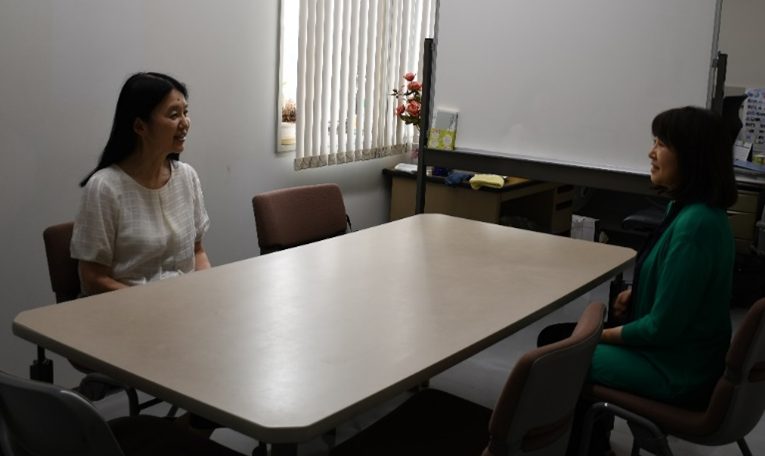
Currently, there are two female professors, one associate professor, and three assistant professors, and the number of women is increasing. We have various events within the institute, such as welcome and farewell parties, bowling tournaments, and musical evenings, etc.
So that everyone can enjoy the events, some people have suggested that we should consider holding events during the daytime since some people have difficulty coming out at night. As the number of women increases, I hope to see more women, and of course men as well, naturally continue their research even when various life events occur.
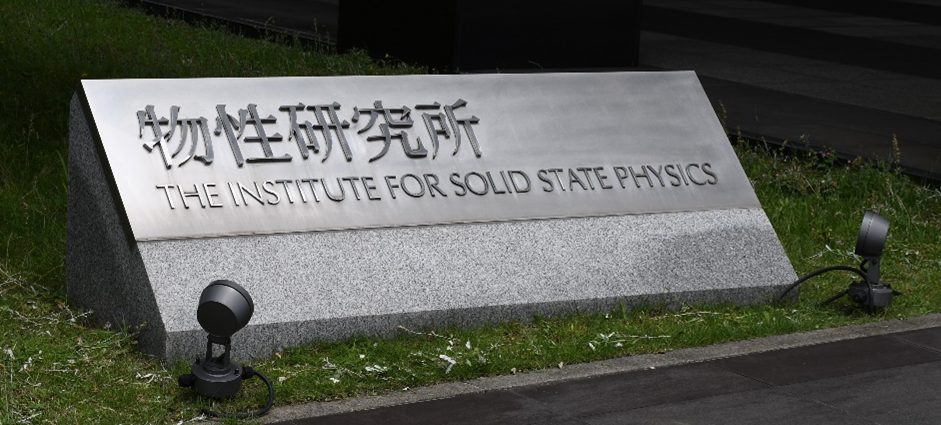
Interviewed on June 19, 2023, at the Kashiwa Campus
Interviewer: Mariko Ogawa and Madoka Nakano
Text and photographs by Madoka Nakano
